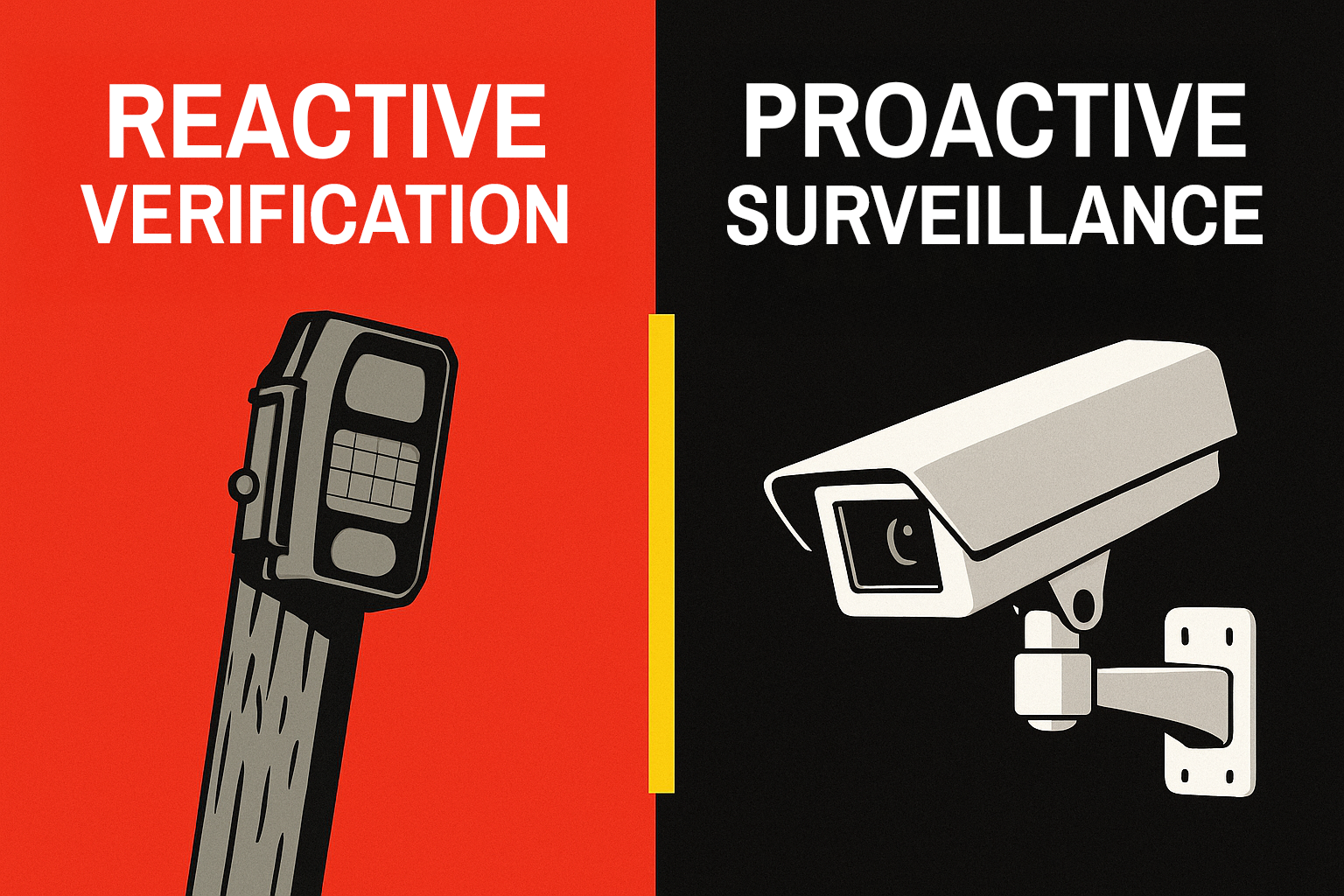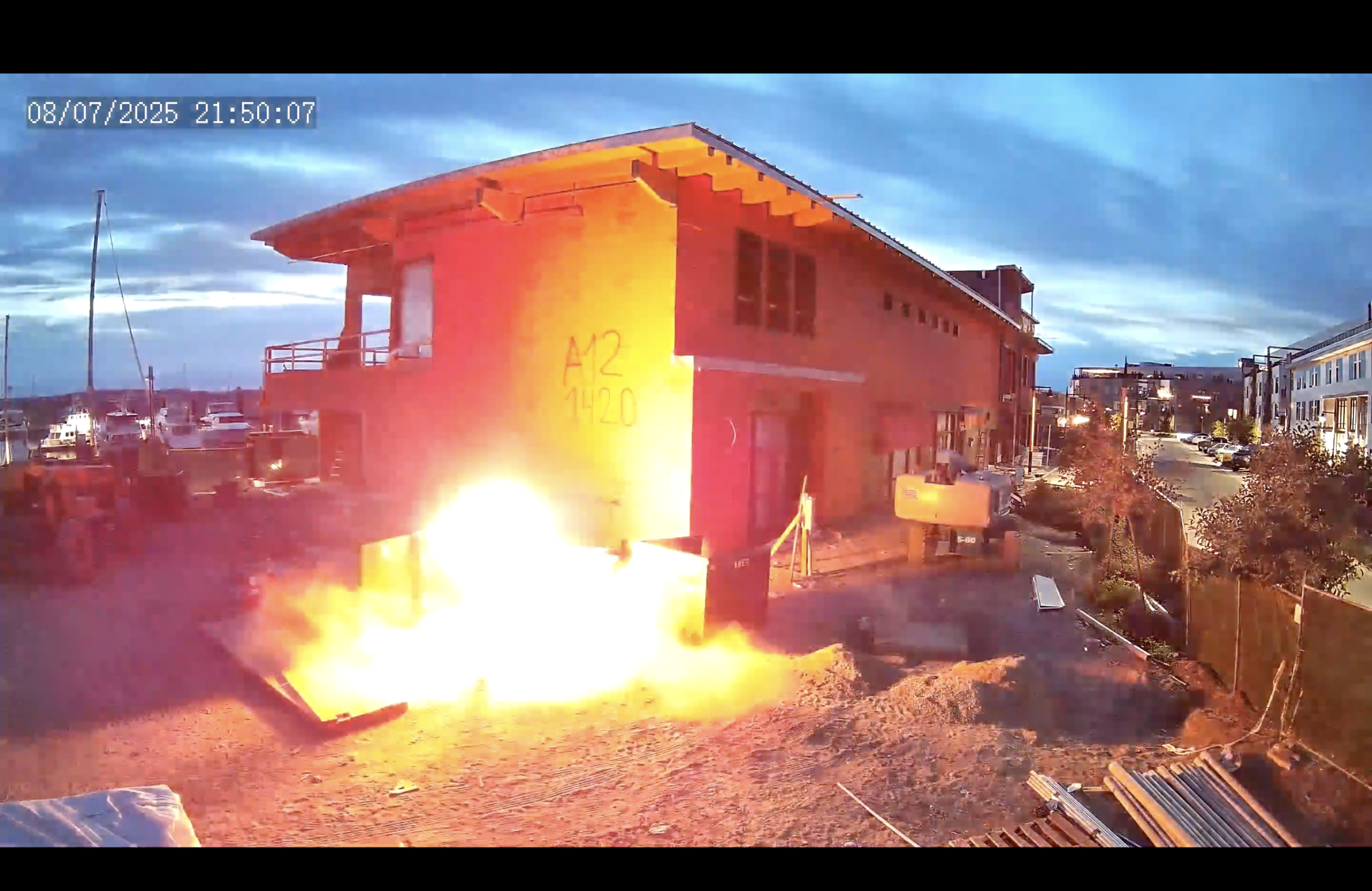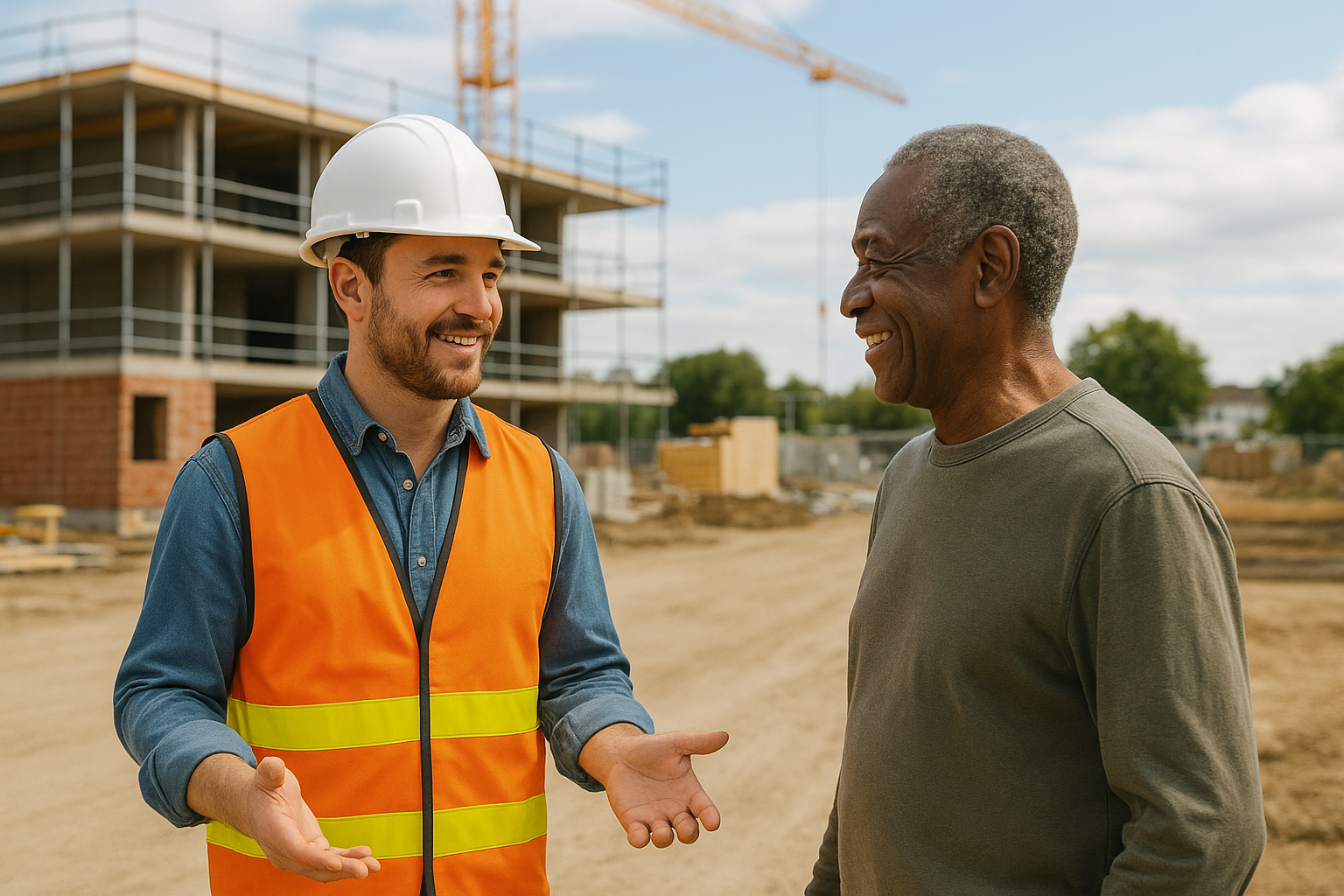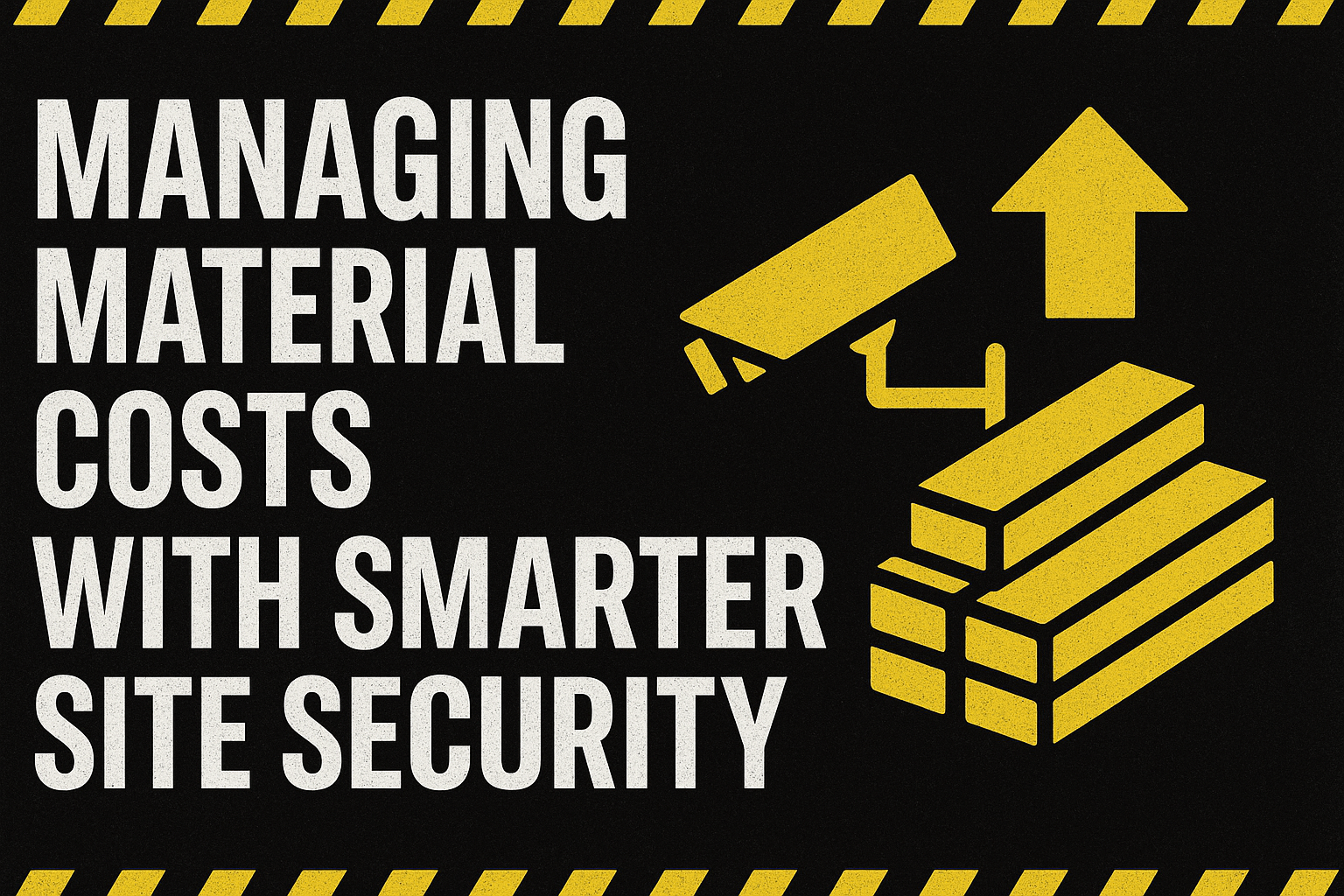If your idea of securing a multi-million dollar construction site involves strapping a glorified GoPro to a stick and hoping for the best, you might want to rethink your strategy. Some companies are pushing battery-powered visual verification alarms as the future of security, but these setups belong in the kiddie pool, not on critical infrastructure projects. They might be fine for tracking deer in the woods, but when you need real, proactive protection, you need a system that’s always on, always watching, and always ready to respond.
🎯 Visual Verification vs. Video Surveillance: The Big Difference
Visual verification systems might look high-tech on a spec sheet, but in the real world, they’re just reactive. They capture evidence after something happens – like trying to install a fire alarm after the building’s already in flames.
The Key Weaknesses of Visual Verification Systems
Here’s why these setups fall short and why true video surveillance is the smarter choice for construction site security:
1. Limited Detection and Recording
- Snapshot-Only Alerts – If your security plan relies on a camera that only catches the action after it happens, you’re not securing your site – you’re documenting a problem you failed to prevent.
- No Continuous Monitoring – Most of these setups sit in power-saving mode like a teenager sleeping through their alarm, missing critical moments when they’re needed most.
- No Full-Context Recording – You’re left with disjointed snippets, not the full picture, making post-incident investigations a nightmare.
2. Over-Reliance on AI Filtering
- False Alarm Risk – They claim a 95% reduction in false alarms, but that’s only true if you set the thresholds just right – a balancing act that’s more guesswork than science.
- Blind Spots and Misidentifications – Their AI can’t see what it can’t see. Shadows, obstructions, low light – it all adds up to missed threats and bad calls.
- Single-Layer AI – One-dimensional decision-making based on a single frame or short clip. It’s like trying to judge a whole movie from one shaky cell phone shot.
3. Unreliable Power and Connectivity
- Battery Dependency – If your camera needs a triple-A battery change every time a squirrel runs by, you’re not securing a site – you’re babysitting your equipment.
- Signal Vulnerability – Wireless might sound great, but dropouts and dead zones make it about as reliable as a dollar-store walkie-talkie in a concrete jungle.
4. No Active Deterrence
- Passive, Not Proactive – If the best your system can do is whisper a digital “Oh no” after the fact, you’re already losing. Real security stops trouble in its tracks.
🤔 What to Ask Before You Buy
Before you settle for a camera that only wakes up when something is literally in front of it, make sure you’re asking the right questions:
- Is the system continuously recording or just taking snapshots? If it only captures short clips or images, you’re missing critical context when something goes wrong.
- What kind of AI does it use? Does it rely solely on cloud-based analysis, or does it combine camera-side, NVR, and cloud-based AI for more accurate detections?
- How reliable is the power source? If it’s just a small battery and solar panel, what happens when it rains for a week straight or the panel gets dirty?
- Is there live, real-time monitoring? Can someone actually intervene if an intruder is detected, or are you just hoping the cops show up eventually?
- What active deterrents are included? Sirens? Strobes? Two-way audio? If it doesn’t actively deter intruders, it’s just a passive witness, not a security system.
- What’s the backup plan if it loses signal? If it relies on a single wireless connection, what happens if the network goes down?
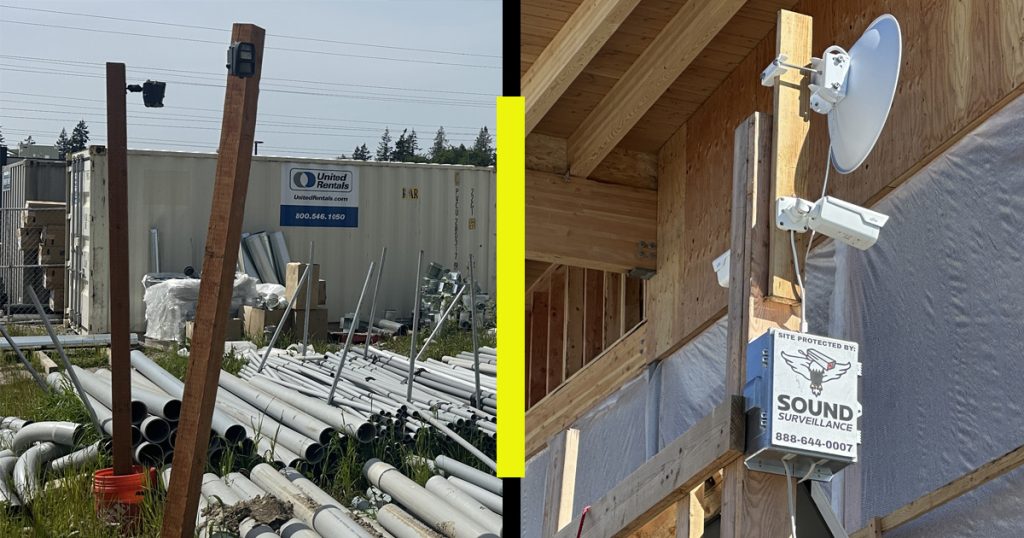
⚡ Why Our Video Surveillance Systems Are Different
Here’s what our systems do differently – because real security is proactive, not reactive:
- 24/7 Continuous Recording – Every second, every angle. No gaps, no missing context.
- Live Monitoring – Real-time human intervention when it matters most. We’re watching and ready to act.
- Layered AI Defense – We combine NVR-based analytics, camera-side processing, and cloud-based AI to filter out false positives without missing actual threats. This multi-layered approach significantly reduces both false alarms and missed incidents, providing a more comprehensive view of your site.
- Active Deterrence – Sirens, strobes, and voice alerts to stop intruders cold.
- Scalable Power Solutions – True solar power, not just a trickle charge to a glorified trail cam battery. Our setups are engineered to keep running even in the worst weather, with real backup power, not just a small panel slapped on top.
🤘 Why You Should Care
If your idea of security is a camera that only works when something is literally in front of it, you’re not securing your site – you’re just hoping nothing goes wrong. Hope is not a security strategy.
Our systems are built to deter, detect, and respond, not just record the aftermath. So, if you want to keep your gear, materials, and bottom line intact, ditch the kids’ table and step up to real security.
Ready to quit pretending and start protecting? Let’s lock down your site.

